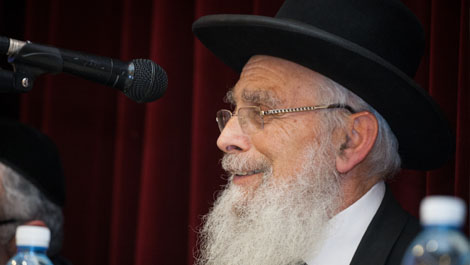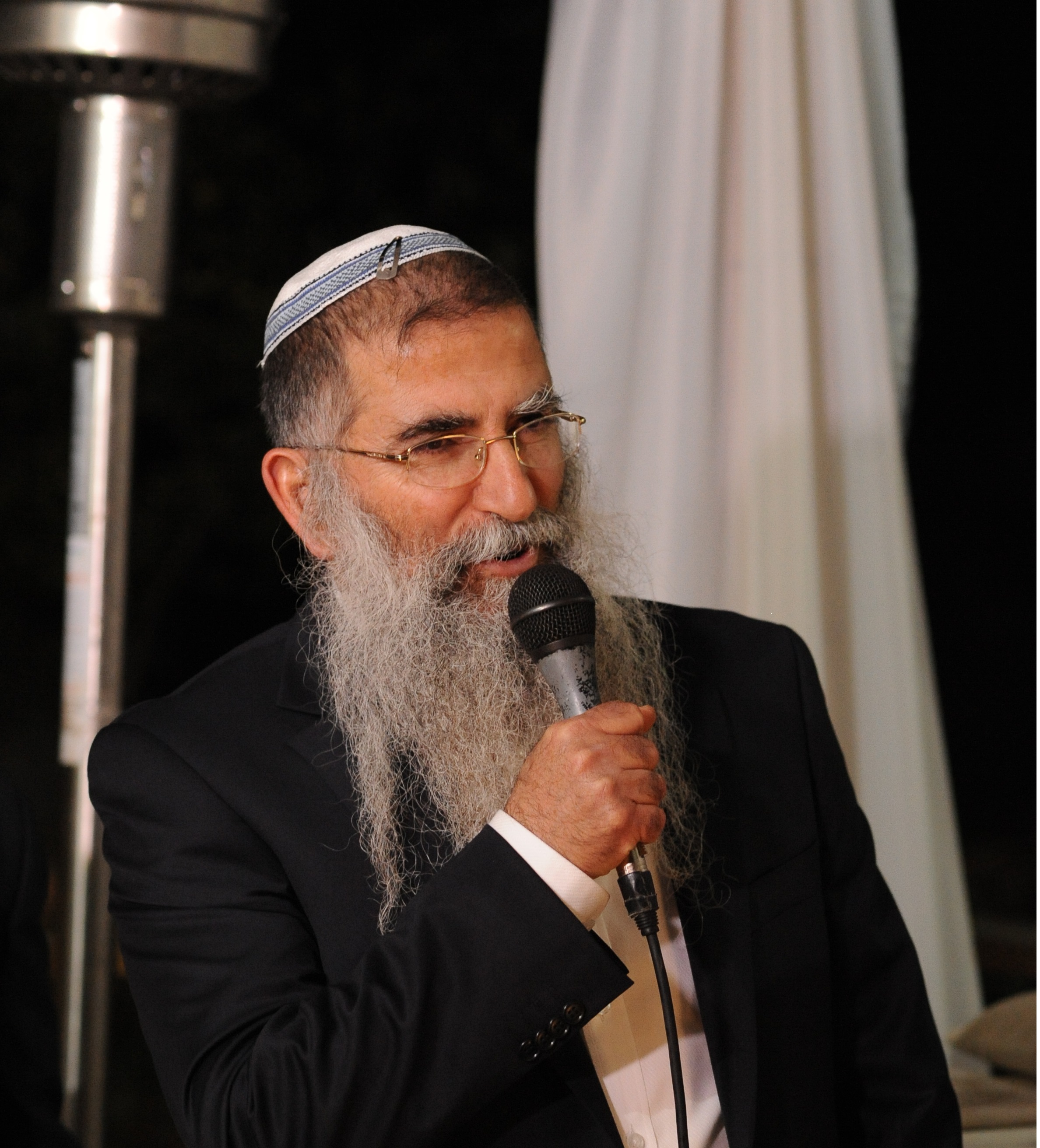Beit Midrash
- Torah Portion and Tanach
- Shmot
- Pkudei
Since ancient times, this bright yellow, malleable precious metal has represented the "shining" example of wealth & status. Kings wear it on their head, brides on their finger. Countries stockpile it; civilizations past & present crave it; nations have bloody fought wars over it. The "gold rushes" in California (1849) & South Africa (1886) changed history, created the "gold standard" of currency, & led to the establishment of both San Francisco & Johannesburg, two great cities built on gold.
But if gold symbolizes materialism, & the Torah is the epitome of spiritualism, why does the Torah also seem so obsessed with gold? Think about it: the Menora, the golden Mizbeyach altar, the Aron, the Shulchan, the 48 beams of the Mishkan were wholly or partially made of gold! The Kohen Gadol even wore a golden tiara, the "Tzitz," that was engraved with the words, "Kodesh L’Hashem – Holy to G-d!"
Rav Aryeh Kaplan estimates that, all told, 4,386 pounds of gold were used in the Mishkan. At the present rate of about $1330 per ounce, that translates out to more than $100 million worth of gold – an astronomical sum!
Furthermore, if the Mishkan was built, at least in part, as an atonement for the sin of the Golden Calf, is it not bizarre that gold should be the primary medium used to atone for….gold?! Looking at the Menora or the Kaporet (ark cover), wouldn’t the nation always be reminded of their sin?
But this, I suggest, is precisely the point. Rather than avoiding the problem & not exhibiting gold at all, Hashem decrees that we should confront the issue head on, that gold be placed "in our face" so that we can deal with it directly. And the essential message being sent to us is that while materialism for the sake of materialism is hedonistic, self-absorbing & a dead-end road leading only to emptiness, materialism in the service of the spirit is uplifting, energizing & good for the soul.
The ornate silver yad we use to read from the Torah, the beautifully-embroidered challa cover on our Shabbat or holiday table or the gold Chanukiyah enhances our perception that the Mitzva itself is no less precious than its outer wrapping.
Other cultures have sought to eliminate all vestiges of wealth, by "dressing down" the person, the place, the object. But while Judaism also places great emphasis on modesty & humility, the greater challenge is to be able to channel the beauty of the world & its resources into a greater appreciation of Hashem & His many gifts to us.
That, rather than turning brass into gold, is the very highest form of alchemy.























